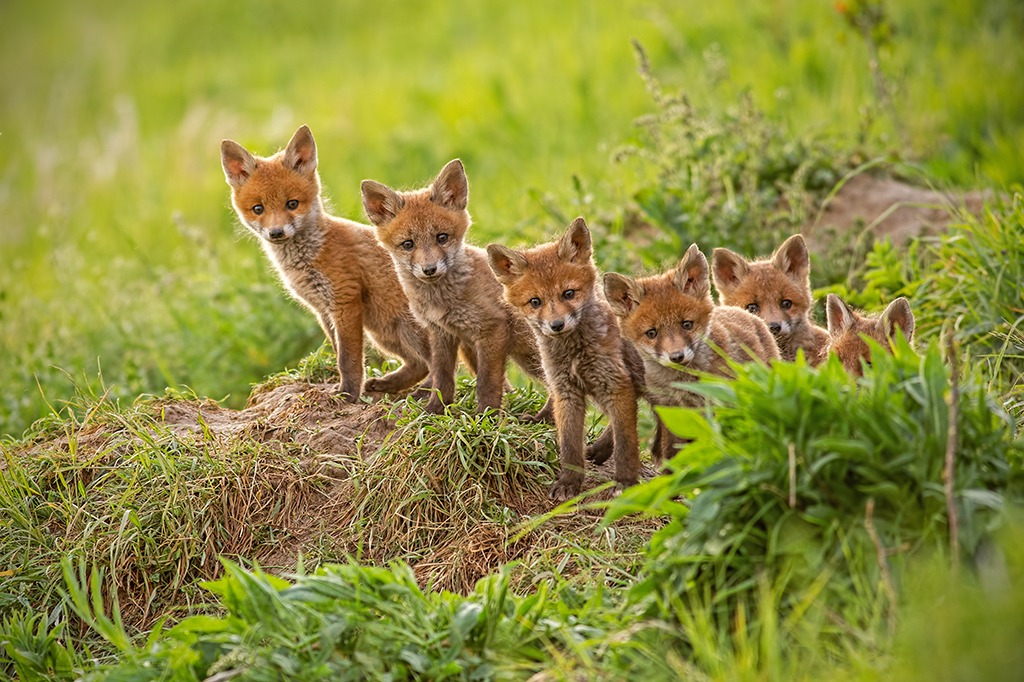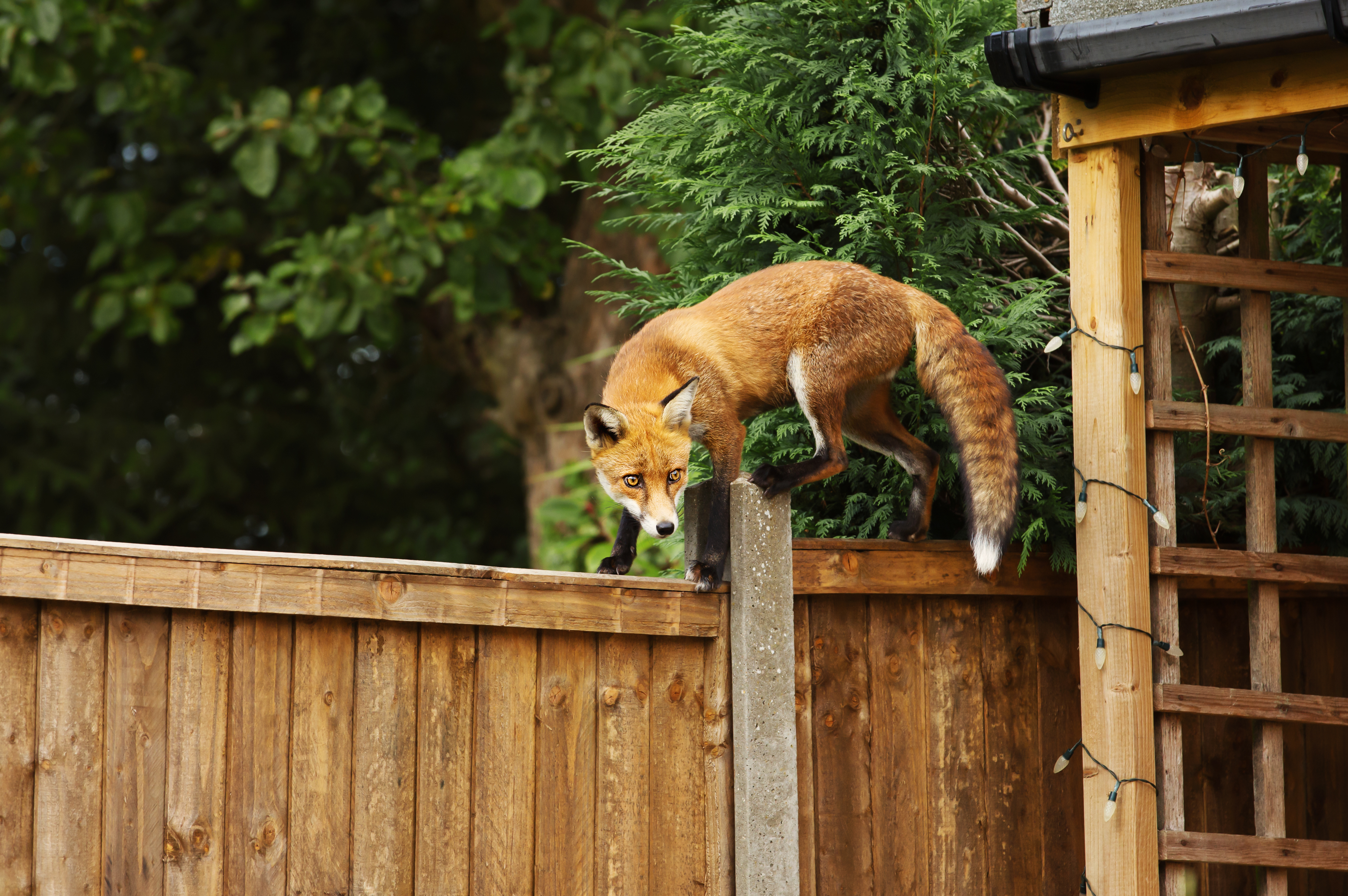
The fox – is it really deserving of its bad press?
You have to admire the fox. For centuries it has been hunted, shot, chased, trapped, and poisoned, but is a survivor, skilled hunter, voracious predator and a secretive beast that can outwit man’s most determined efforts to exterminate it.
Bounties have long been paid for a fox’s brush; when I grew up in Ardnamurchan in the late 1960’s, £5 was the going rate. Foxes survive almost anywhere despite relentless persecution, and are as at home living on wild moorland as they are in woodland, farmland, coast or the urban environment.
The hill fox tends to be large and rangy, and exists on a diet of ground-nesting birds, rabbits, hares, and voles, while taking advantage of deer carcases and carrion. A nearby lambing field may also provide further temptation. Foxes adapt their menu to food availability and are seldom short of provisions. It is not without reason that fox cubs are born to coincide with the lambing season, and each year, a new war is waged to clear them from sheep areas. When humans disturb a den a vixen quickly moves her cubs.
During a few short days of the breeding season the vixen emits an eerie and unearthly sound. For any that have not heard this before and do not know what it is, it can be spine chilling. The sound is enough to make a dog’s hair bristle and set it howling madly.
The noise, often heard on moonlit nights in December and January, attracts the attentions of a nearby dog fox, and cubs are then born after a gestation period of 52 days.
While the cubs are still blind, and their fur is dark brown, the dog provides food for the vixen, though often she does not let him enter the den. A fox abroad in daylight is furiously mobbed by jays, crows and songsters, and cannot move far unnoticed.
Though they usually tend to hunt under cover of darkness, when under pressure to feed cubs they may visit a pheasant pen or hen run in the day, returning with their chicken takeaway. Hens are always vulnerable to fox predation. If a fox gets into a hen run it is fuelled by the excitement of flapping fowls, and spurred into a killing frenzy.

Fox cubs take a look at the world (Photo: WildMedia/Shutterstock)
In 2000, the Game Conservancy carried out a survey of foxes killed: 16,000 were accounted for by hunts, 80,000 by gamekeepers, while natural causes and traffic accidents accounted for a further 300,000. Despite this there has been little impact on fox numbers; it seems that the more they are persecuted the more they thrive. Not everyone has always been against the fox.
In 1724, the illiterate Gaelic poet, Duncan Ban McIntyre, a keeper and forester from Argyllshire, wrote a poem on Bein Dorain, a hill west of Tyndrum. ‘My blessings with the foxes dwell, for that they hunt the sheep so well. Ill f’a the sheep, a grey faced nation, that swept our hills with desolation.’ Clearly he did not approve of the new invasion of sheep to the hills.
Foxes are frequently caught in snares; there are records of them gnawing off their own leg in order to escape, and managing to exist perfectly well for years afterwards. Like well-honed poachers, they quickly take advantage of other snare victims, and readily steal a warm rabbit or pheasant when the chance arises.
They are also one of the few animals that has learnt to get into the prickly armour of a hedgehog, pushing the tightly rolled animals to water, forcing them to open up so that they can be killed and eaten. Foxes are also great ratters. They have been seen killing them in farmyards almost for the sheer love of it. Like the badger, foxes may dig out a wild bees’ nest, and are sometimes seen searching rock pools for shellfish and small crabs.
Grey furry scats are clear signs that a fox is in the vicinity, and their distinctive pungent aroma is much stronger during the breeding season when they scent mark wherever they go. During the day they choose a suitable place to lie up and sleep till nightfall, and may be spotted dozing on a bracken bed on a southfacing hillside enjoying the sun.
A farmer friend told me of a fox that slept hidden in a large tractor tyre used to hold down the cover on the silage pit. The warmth of the fermenting process underneath must have been akin to under-floor heating. Mr Tod was never stupid! Foxes are widespread in Scotland, but there are none in Islay, Mull, many of the Hebridean Islands, Orkney or Shetland.
It is, however, at least 60 years since they moved into the centre of Glasgow, and they are widespread in virtually every urban area. Foxes can make dens in landfill sites, rubbish tips, building sites, gardens and parks. I remember coming out of Glasgow Concert Hall one summer evening and watching a young fox trotting down the pavement to the pedestrian crossing, waiting for the green man to appear, then nonchalantly sauntering across the road.

Foxes are being found in our gardens more and more often (Photo: Giedriius/Shutterstock)
While the country fox is adept at raiding the hen run, the street-wise vulpine prefers fast food and visits the local convenience food outlet instead, returning to the den to feed cubs on a chicken or Indian takeaway, or fish supper. Some foxes become very tame but there are seldom reports of any trouble or vicious behaviour.
However other behaviour is less appreciated. During the mating season the noise of a shrieking vixen is enough to waken the dead, and since foxes often frequent graveyards, can be eerie indeed.
Foxes make themselves unpopular by littering gardens with the remains of their stolen dinners, or by undermining garden sheds and other suitable denning areas, but stories of them spreading disease are exaggerated. Toxocara canis, a parasitic roundworm, can be passed to humans but is extremely rare and more likely to come from the family dog. Some urban fox populations are afflicted with sarcoptic mange.
Caused by a tiny mite, ‘fox mange’ will eventually kill a fox as it becomes debilitated through hair loss, sores and terrible itching. Foxes with the condition appear in a dreadful state, adding to the misconception that they are unhealthy creatures. Yet, for most people, our cities would be duller places without them.
In children’s literature, the fox is often portrayed as a cunning rogue or a cad. And in every day parlance, the term ‘foxy lady’ refers to someone who is sexy. However, a woman described, as ‘an old vixen,’ is none too flattered.
Despite the constant war waged on one of the most beautiful and wily creatures of all, the fox is thriving, and what is more, there is probably not a single gamekeeper in Scotland who is not secretly glad of that fact.
TAGS

